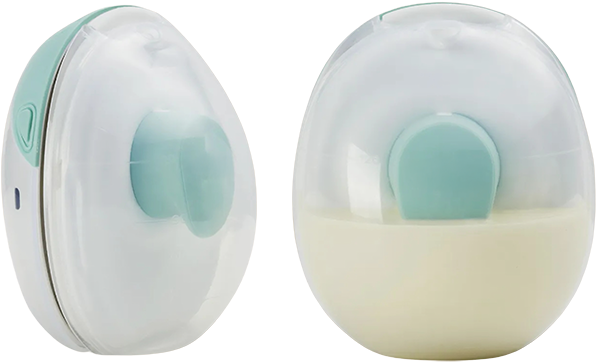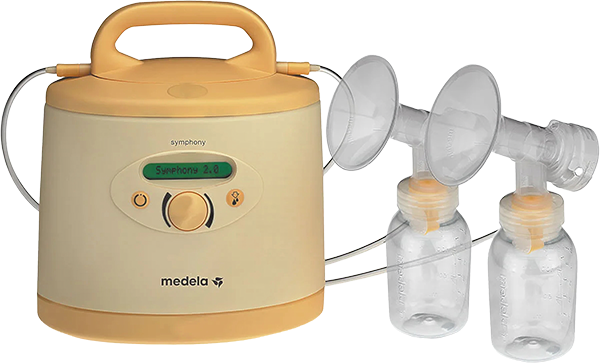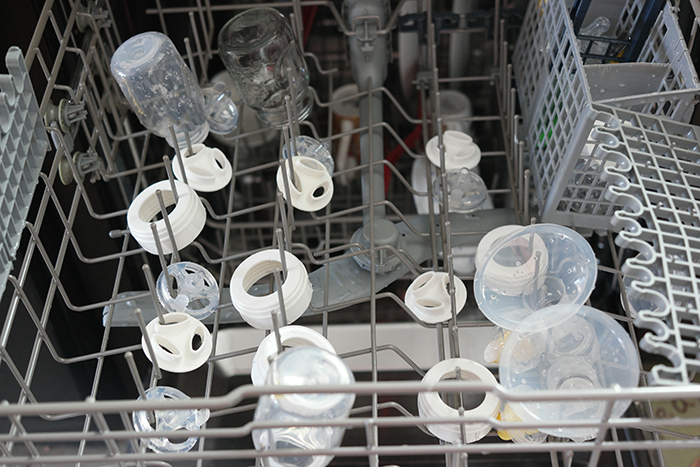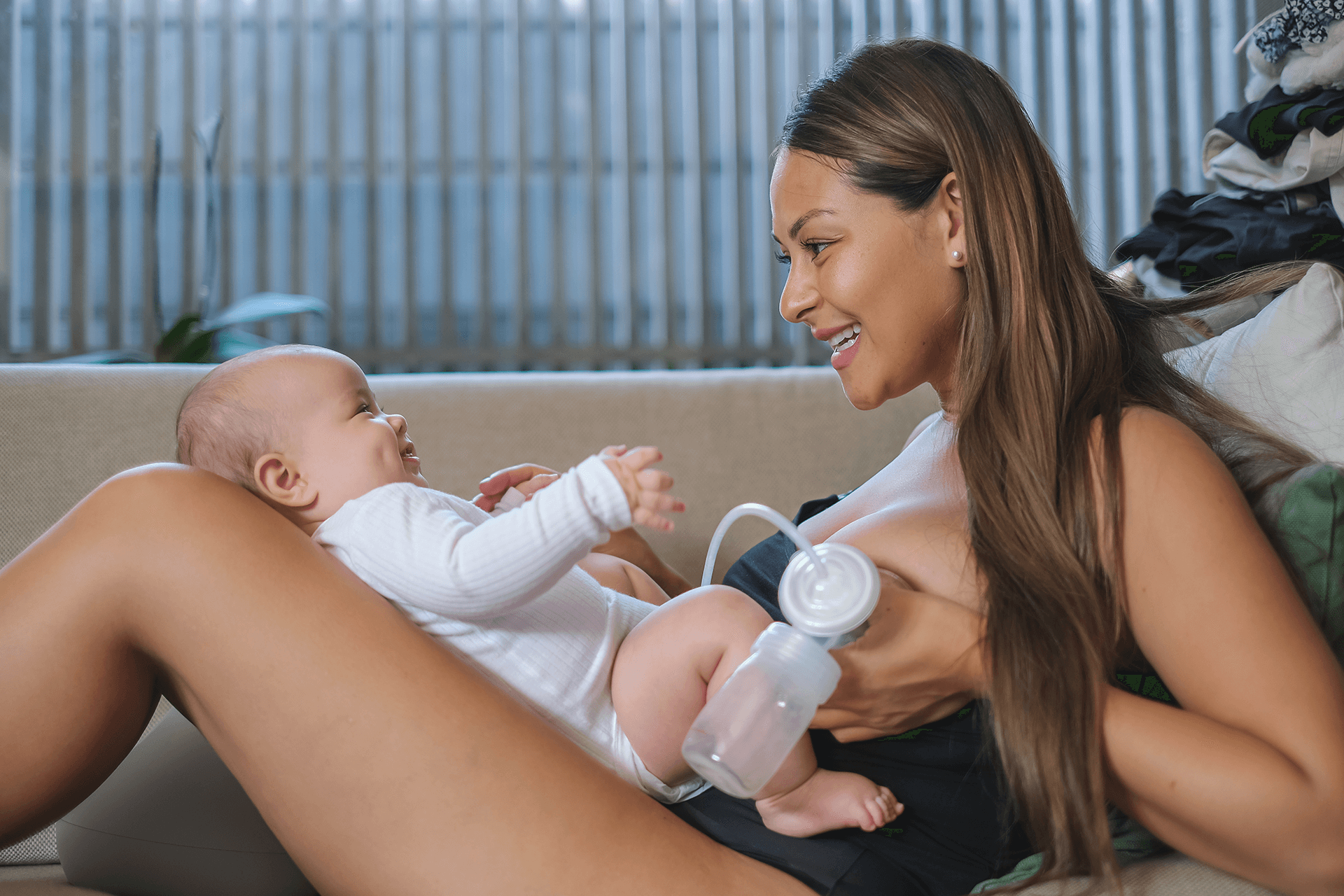Some parents talk about a “fridge hack,” where pump parts are stored in the refrigerator between pumping sessions instead of washing them right away. The CDC says if you cannot clean right after pumping, you may rinse the parts, seal them in a clean container or bag, and place them in the fridge for a few hours. But this is only a short-term option. Germs can still grow in cold temperatures so pump parts should be fully washed and sanitized at the end of each day to prevent bacterial growth. If you choose to use the fridge hack, do not store pump parts for more than 8 to 12 hours between full washes.












